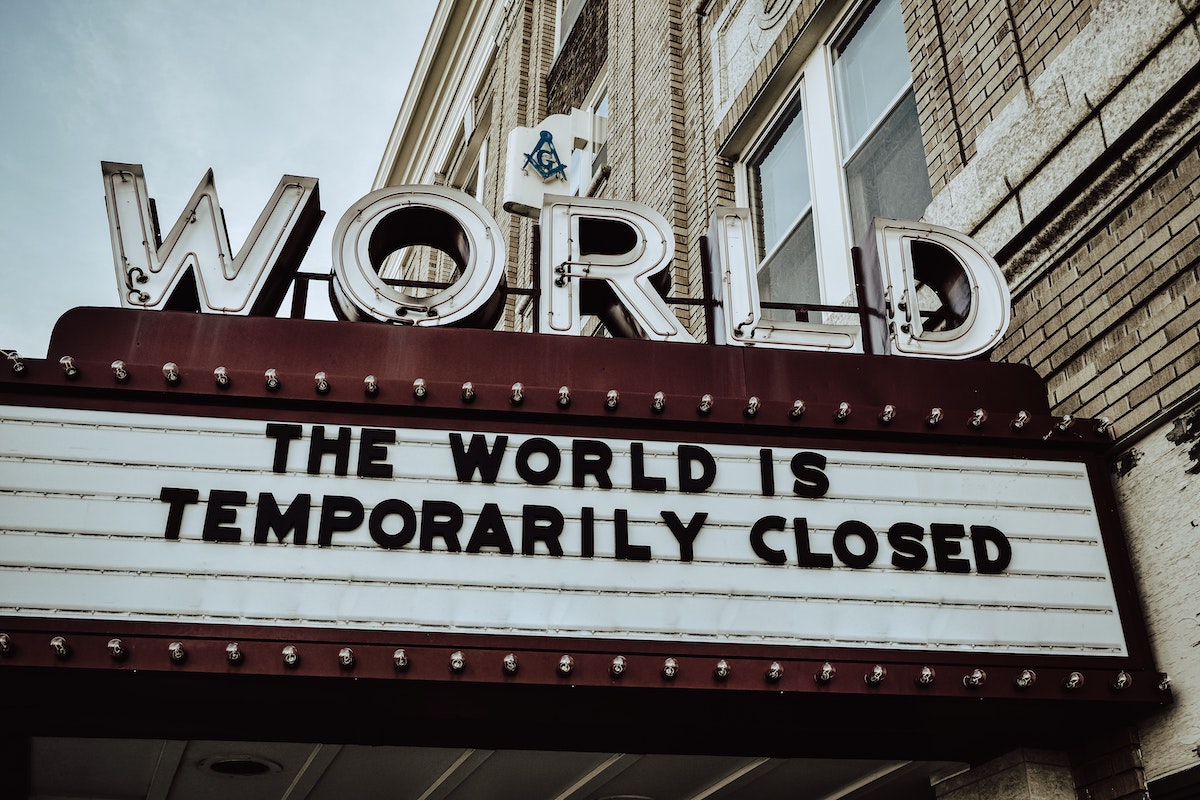There are now around 962,977 confirmed cases of COVID-19 all over the world as of April 02, according to the data from Johns Hopkins CSSE.
In order to slow down the spread of the coronavirus strain causing the disease, a lot of countries have imposed quarantines or lockdowns. This measure is undeniably needed, given the gravity of the current situation and given the ease the virus can spread over a relatively short period of time.
The inevitable consequence, however, is the paralysation of the various sectors of society. The stock market has been in an ugly streak of crashes which are among the worst we have seen in this century. Business operations are halted for the safety of the workers. Transportation systems have been greatly reduced.
Another highly affected sector in the midst of this pandemic is education. With students forced to stay in their homes, their learning is interrupted significantly. What is the state of education in the midst of this pandemic?
Alternative modes
Developed countries like the U.S. and China have quickly transitioned to online learning platforms in order to dampen the effect of schools shutting down. Especially in higher education institutions, offering instruction online will not be that difficult since this mode of learning has been offered for years.
From our partners:
This transition, being so sudden, definitely poses a lot of challenges even for those who may already be considered well-equipped for online learning.
First, there is a need to update the materials instructors have for lectures. While requirements can be submitted online, lectures are still conducted live. Lecturers would either have to make live broadcasts or film ahead. Either way, studies show that this proves to be an ineffective way to teach students given their short attention spans.
A workaround would be to create segmented lectures and online discussions. However, both of these solutions require more preparation than what teachers can muster at the moment.
Another problem would be in the area of assessment. Conducting exams would be difficult, especially over concerns of cheating.
This can be counteracted by designing tests to be open-book and timed. Even this will not assure that students will not communicate during the test proper, using social media platforms, for instance.
There is also the issue of the practical nature of some requirements. Some students have to be in laboratories. Others need to do fieldwork. There are those with required hours in clinics to practice. These are requirements which cannot be replaced by online platforms since they need students to actively refine their skills.
For those who have research work, especially those working for their theses and dissertations, some resources are only accessible through libraries which are closed down.
On the whole, in such short notice, even those who have existing online platforms have to make some compromises in pedagogy or to completely adjust calendars if online platforms cannot make up for the lost hours in schools and universities.
The brighter side is that schools would be better equipped in using online instruction now that they are forced to think about ways to continue education. These solutions will remain even after this pandemic dissipates.
The barrier of privilege
All this time, we have been talking about schools which do have online platforms. The ideal situation, so to speak. However, not all countries are well equipped for online learning. Even in countries where online platforms exist, there is no assurance that the students will be able to access them.
Apart from considering how instruction can be delivered, we must not forget that this is also a problem of equity. Not all students have the privilege to have online access, some might be relying on the connection in their universities or colleges, which they cannot access right now.
“Really, what we’re doing is we are trying to extend a sense of care to our students and trying to build a community that’s going to be able to work together to get through the learning challenges that we have,” according to Robin DeRosa, director of the Open Learning and Teaching Collaborative at Plymouth State University in New Hampshire in an interview.
DeRosa suggested a consultative approach in building alternative modes of learning, asking students the best ways to keep in touch in the midst of the pandemic.
“Figure out what’s going on, how you can operate within that, and how you can be compassionate in that as well,” says Sean Michael Morris an educator from the University of Colorado, Denver and director of Digital Pedagogy Lab, an international educational event focused on critical digital pedagogy, social justice, equity, and learning.
This pandemic brings into light the importance of considering students’ practicalities, something which is sometimes overlooked in a traditional setting.
More than learning better ways to implement online learning, hopefully this pandemic will also shed light on the need for teachers to bring down the massive barrier of privilege, making education equitable and accessible for all.













